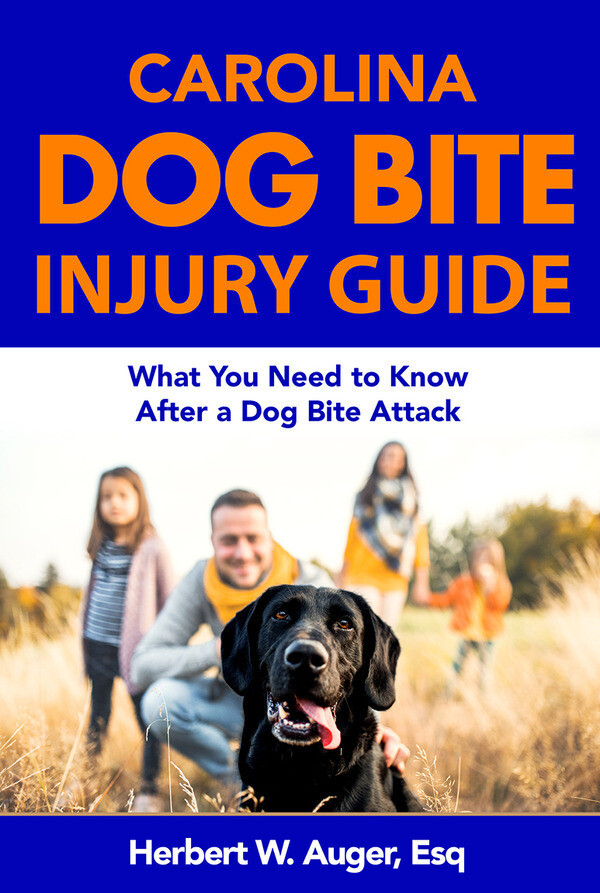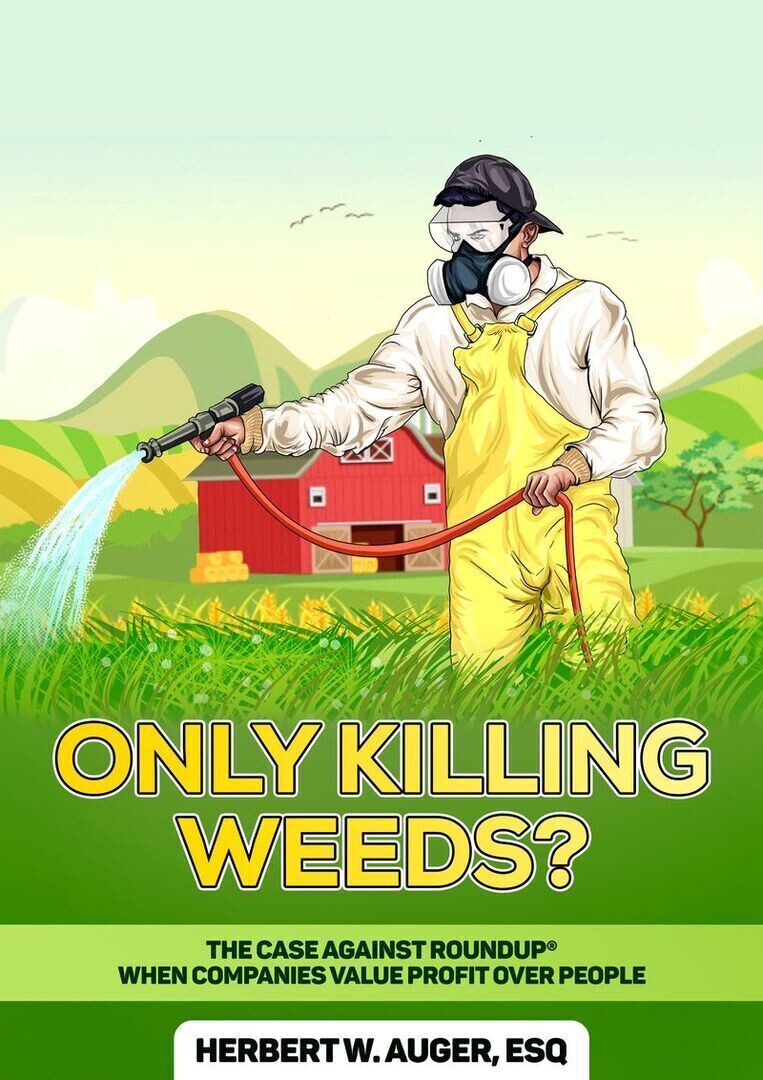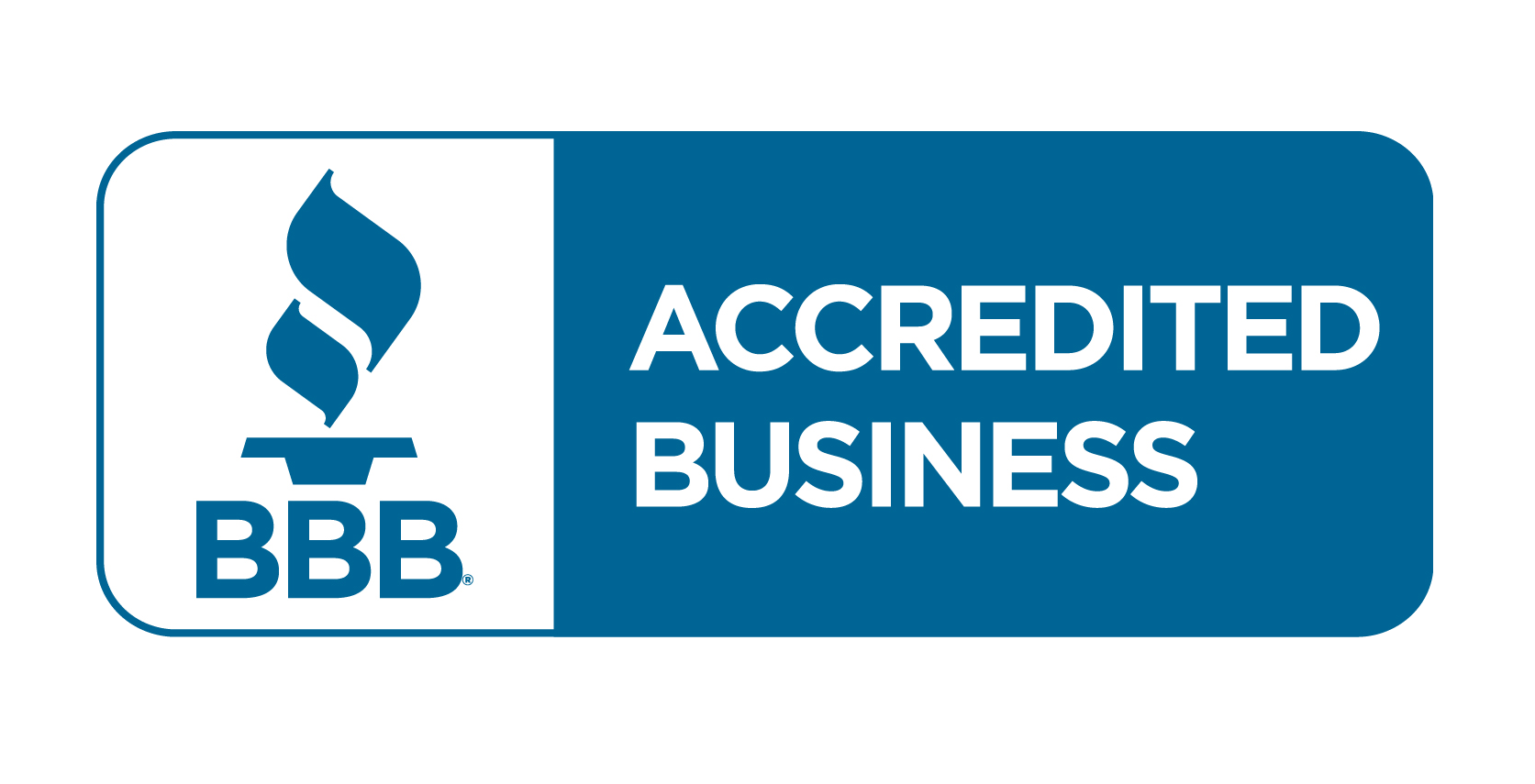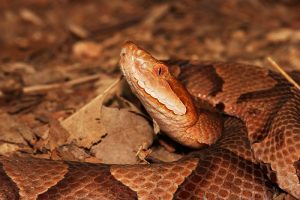
Copperhead
One of the best features of North Carolina is the vast expanses of wilderness. In the spring and summer, locals and tourists alike venture onto the thousands of trails throughout the state to explore the woods and mountains. Yet there is a danger in North Carolina that has made the headlines recently: snake bites.
According to the Carolinas Poison Control Center, there were 71 calls about snake bites in April. In April of 2016, there were only 19. That’s an increase of nearly 400 percent. At the current rate, the Center expects to field more than 500 snake bite calls this year. Experts believe this increase occurred because of the relatively warm weather this winter; since snakes are cold-blooded, they are more active in warm weather.
The biggest culprit of snake bites? Copperheads.
North Carolina’s Venomous Snakes
North Carolina is home to 37 species of snakes. The majority of them are not dangerous, but six species are venomous (not poisonous, as they are frequently mislabeled). They include:
- Copperheads
- Eastern diamondbacks
- Cottonmouths/water moccasins
- Canebrake rattlesnakes
- Pigmy rattlesnakes
- Coral snakes
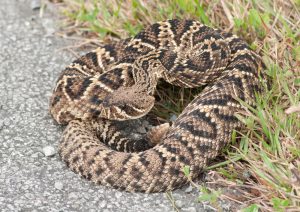
Eastern Diamondback Rattlesnake
Of these, the Carolinas Poison Control Center receives about 10 times more calls for copperhead bites than any other snake. The reason is two-fold. One, copperheads are the most plentiful venomous snake in North Carolina. Second, their camouflage is so good that most victims get within striking distance without ever realizing it.
While most snake bites happen out in the wild, that is not always the case. There have been reports of snakes hiding in shoes or in homes, especially during the cold months. They have also been known to seek shelter in commercial buildings as well. In 2016, a man was bitten by a copperhead while shopping in a Denver, NC Lowe’s gardening center.
Keeping Yourself Safe from Snake Bites
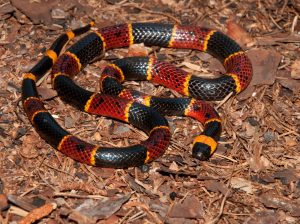
Eastern Coral Snake
Due to snakes’ tendency to seek shelter in warm, sometimes unexpected places, Dr. Michael Beuhler, medical director of the Carolinas Poison Control Center, said people should be especially careful this spring. He advises should never put their hands where they can’t see, such as reaching into bushes or even boots. In addition, people should always carry a flashlight at night, especially if they are going into the woods.
If you come across a snake, back away slowly. Generally, snakes want to mind their own business, and only strike when they are threatened. By moving slowly, you show that you are not a threat, and the snake has nothing to worry about. Never try to capture or kill the snake, as doing so leads to about 70 to 80 percent of all bites. If you encounter a snake in your home or other building, do your best to close off the area, then call animal control.
What to Do If You’re Bitten
Though you may take every precaution possible, snake bites do happen. The good news is, more people are killed every year from bee and wasp stings than snake bites. That doesn’t means you shouldn’t take immediate action if you are bitten, however. Chances are, you won’t know if the snake is venomous or not after a bite. If you are unsure, or you know it is a venomous snake, call 911 immediately.
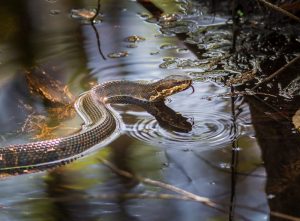
Cottonmouth/Water Moccasin
While you are waiting on emergency personnel to arrive, there are a few things you can do to help yourself. First, remain as calm as possible and move away slowly from the snake. Do your best to remember what the snake looks like, as this will help the hospital administer the right antivenom.
If you are wearing any tight clothing or jewelry, remove it before swelling occurs. If possible, position yourself so the snake bite location is at or below your heart to make it more difficult for the venom to spread. Avoid flushing out the area with water, but instead clean it gently and wrap it in a dry, clean dressing.
Never apply a tourniquet or ice to the wound. And despite what the movies say, you should never try to bleed the venom from the wound or attempt to “suck out” the venom. Because venom moves so quickly through the body, it’s all but impossible to remove it this way. In fact, doing so can cause even greater damage to the surrounding skin. Finally, avoid any caffeine or alcohol, as these cause the body to absorb venom more quickly.
Though snake bites are on the rise in North Carolina, the good news is, the majority of these bites are non-fatal. For one, modern medical treatments can prevent death or even permanent injury when administered quickly. And second, many snake bites are “dry,” meaning no venom is actually injected. By following the tips above, you can avoid most run-ins with snakes, and ensure your own safety should you ever be bitten.




